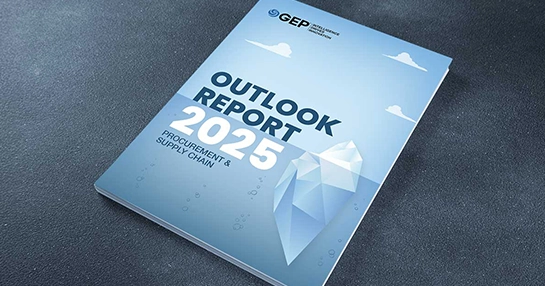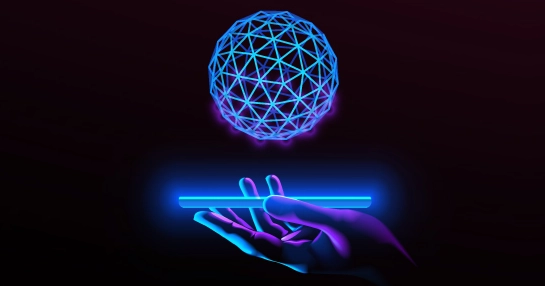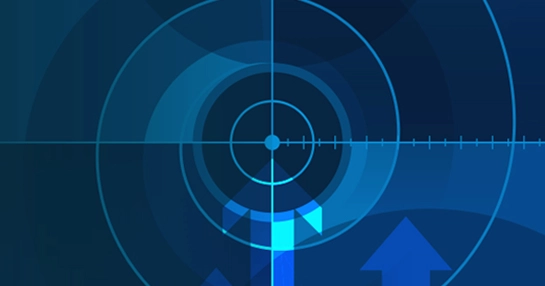GEP SMART™ revolutionizes procure-to-pay (P2P) processes with a unified platform that enhances end-to-end operations. This cloud-based procure-to-pay software features an intuitive interface and is compatible with all major ERP systems, offering multi-regional support for languages, currencies and legal requirements. It not only improves user satisfaction and productivity but also integrates seamlessly, setting the stage for transformative enterprise results.

More Than “Purchasing Department Software”
Early purchasing software has evolved into comprehensive P2P suites with capabilities extending beyond simple purchasing to significantly impact the broader procurement function and the enterprise. These modern platforms are equipped with emerging technologies that promise transformative improvements in procurement:
AI is instrumental in alleviating the hands-on workload of present-day procurement. Top procurement software suites come with pioneering AI capabilities that execute processes across the source-to-pay spectrum. These AI engines can sort, organize and carry out hundreds of transactions per hour. The benefits to procurement are real and immediate: enhanced service delivery, more accurate processes, better scalability and improved reporting.
As an emerging technology, blockchain is expected to help reduce the time and costs associated with lengthy back-and-forth business processes and bring transparency to the supply chain while safeguarding sensitive data. Tamper-proof contracts, improved purchase order management and real-time settlements could all become a reality. From payments and audits to tracking inventory and assets, blockchain technology could deliver a new level of visibility and traceability to supply chains while enabling the procure-to-pay (P2P) process to realize huge operational gains.
IoT has the potential to change how procurement professionals accomplish their everyday tasks, such as the way orders are placed in the information cycle. Companies worldwide are embracing IoT-led disruption in essential functions all along their supply chains, from product tracking to order processing, from inventory management to warehousing. Purchasing software equipped with IoT technology will generate significant quantities of data which can help procurement pros react faster and more effectively to opportunities and threats. It will likely support blockchain through smart devices that will be interfacing with systems up and down the supply chain.
RPA combines AI and machine learning to automate routine, mundane and predictable tasks of a highly repetitive nature — freeing up resources and allowing personnel to focus on more strategic work. Robotic Process Automation can offer significant cost and efficiency benefits when automating transactional P2P processes and when executing simple bidding transactions by leveraging systemic controls and well-defined business rules.
Using the analytical capabilities of modern purchasing software such as data mining and assessment, procurement organizations can uncover the true value of copious amounts of structured and unstructured data, gain insights that improve planning and effectiveness, and attain a step change in performance. Big data analytics helps procurement teams become proactive by forecasting demand based on identified patterns, effectively broadening their traditional scope of action.

















